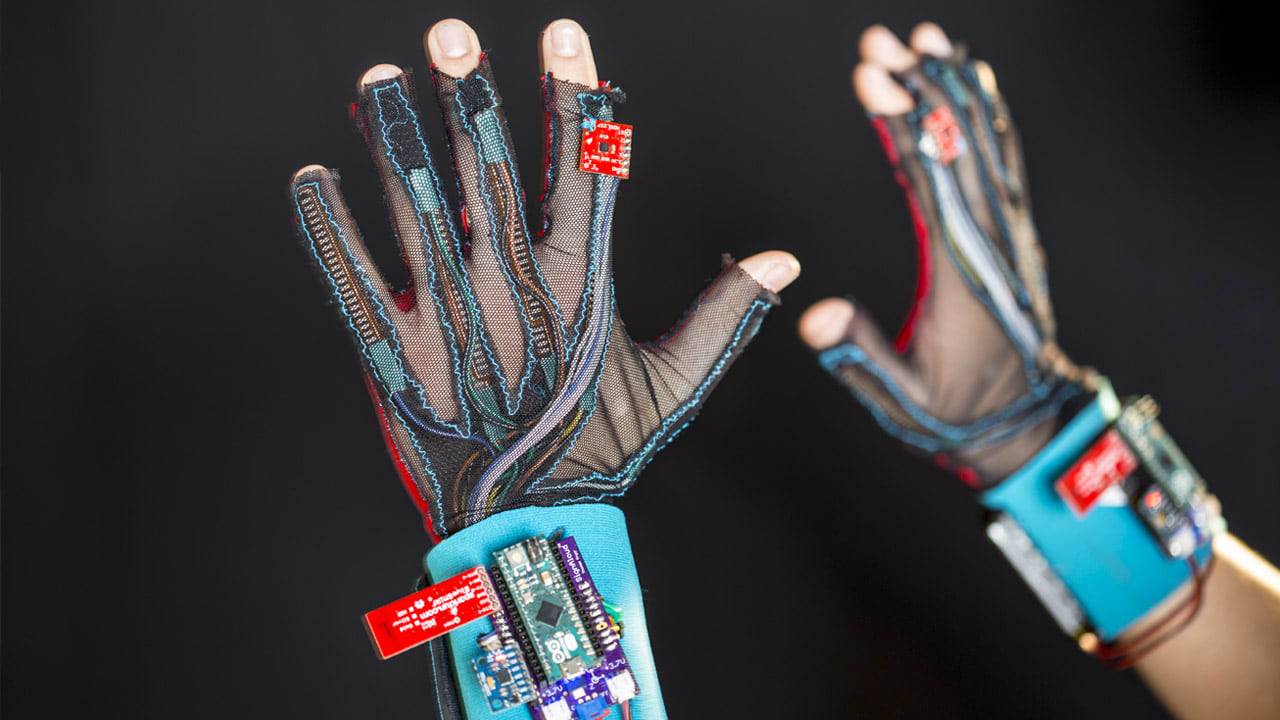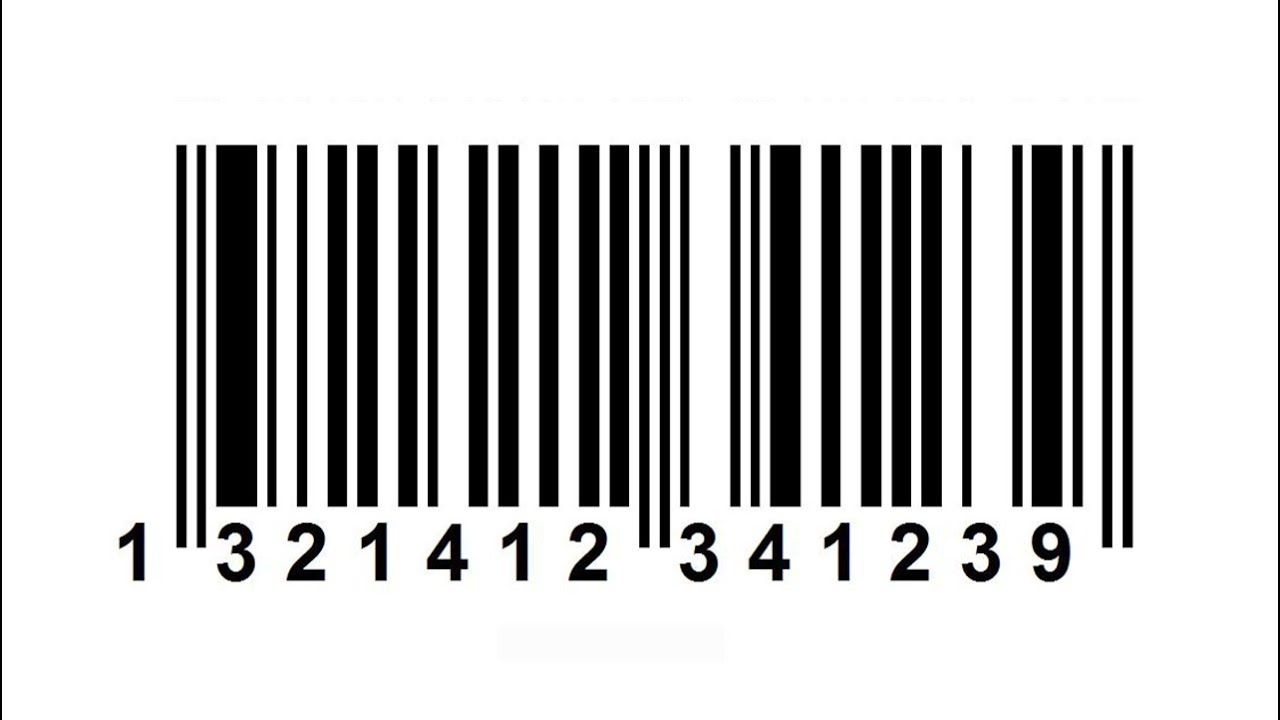New glove translates sign language
Bioengineering professionals designed a glove that can instantly translate American sign language to speech.
The "translator" glove contains thin, expandable sensors that operate to the tips of the fingers, capable of capturing hand and finger movements through electrical conductors.
And these sensors are connected to an electrical circuit about the size of a coin, which the user wears on his wrist, according to the British newspaper The Independent.
And when a person moves his hand and fingers, the glove is able to translate letters, numbers, words, and phrases into spoken words, just like simultaneous translation.
Additional facial sensors, between the eyebrows and the sides of the mouth, can be added to capture facial expressions.
The actual translation is done through an application called "custom" in smartphones, which uses a dedicated algorithm for machine learning to convert gestures into letters, numbers, and words.
The system recognizes 660 signs, which include each letter of the alphabet and numbers from zero to nine, and can quickly translate one word per second.
The University of California has filed a patent for this translated glove, as the commercial version of this technology will require adding more vocabulary and increasing translation speed.
"We hope this invention will open the door for people using sign language to communicate directly with others without the need for another person to translate to them ... In addition, we hope this will help more people learn Sign language themselves. "
The glove is distinguished from other wearable devices for its mobility and weight, as previous wearable devices offer similar features, but they were heavy and impractical to wear.
This new design is much lighter and less expensive in terms of electronic components and the fabric used in the glove.
However, some Deaf researchers have criticized this development, as Gabriel Hodge, a researcher at the Deaf Center for Linguistic Research at University College London, says: "This technology is redundant because Deaf people are currently using text-to-speech or text translation programs on their mobile phones, or simply They write with pen and paper or even make gestures clearly, and there is no problem with these forms of communication. "
She added: "It would be better if technology focused on inventions that focus and are in the interest of the user in the first place, rather than dreaming of 'solutions' that he believes will fix all problems in the world."




